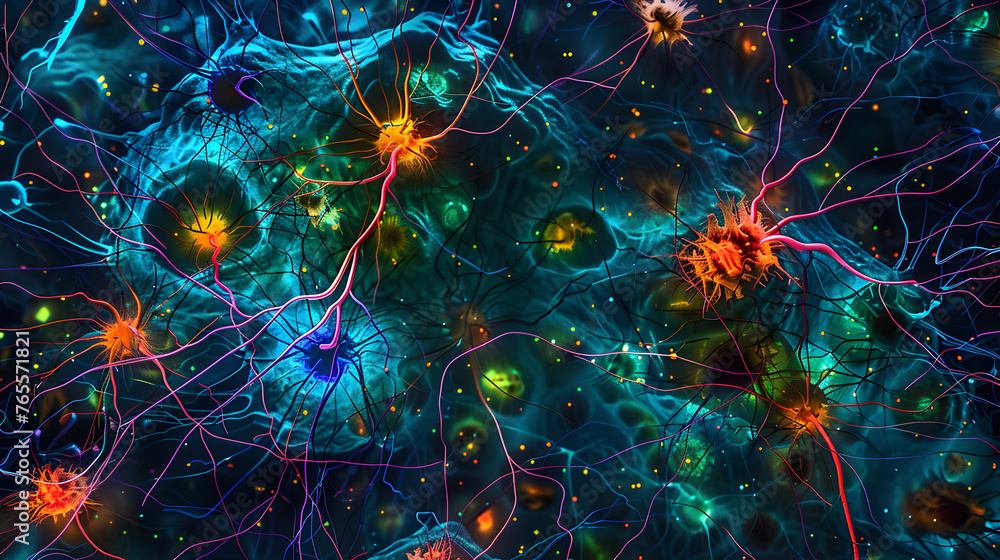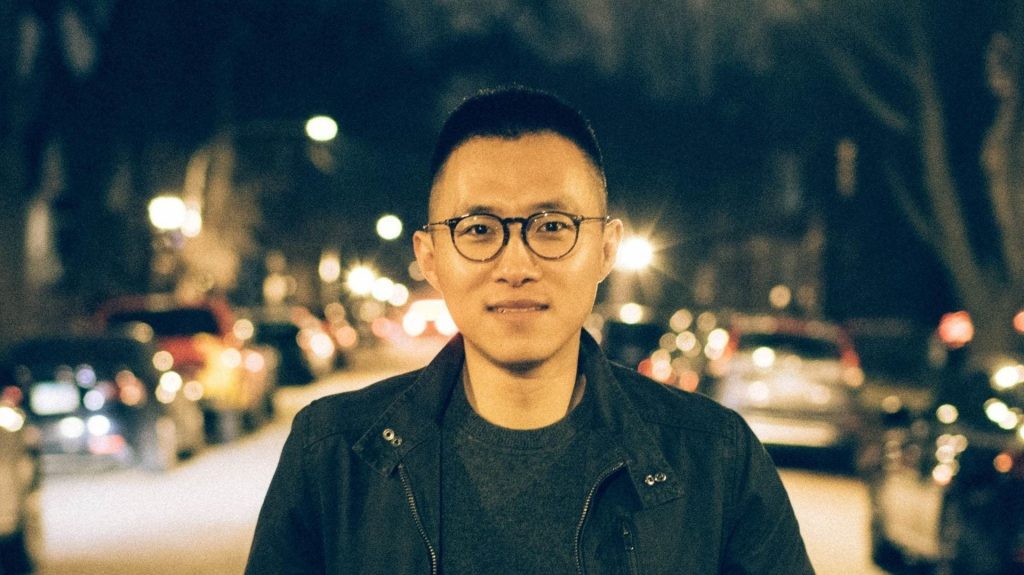
What if we could listen in on the individual “conversations” happening inside every single cell of the brain and hit the pause button? A new study just made that possible—at a scale never seen before.
A team of Northwestern University researchers has achieved a new biomedical milestone: mapping proteins—the workhorse molecules of life—inside thousands of individual brain cells without the need for labels, dyes, or genetic tricks. Even more impressively, they accomplished this at unprecedented scale using a new technique called single-cell proteoform imaging mass spectrometry, or scPiMS.
Why Study Single Brain Cells?
Your brain is made up of billions of cells—neurons, glia cells, immune cells—all working together like a symphony. But not all cells are the same, and even cells of the same type can behave differently depending on what’s happening around them. Studying these differences at the single-cell level can help us understand everything from memory formation to diseases like Alzheimer’s.
Until now, most scientists have used DNA or RNA to study single cells. But RNA doesn’t always reflect what’s actually going on in the cell. Proteins—especially their exact forms, or “proteoforms”—are closer to the real action. They’re the actual molecules doing the work: shaping the cell, moving things around, firing signals.
The problem? Proteins are tricky. Unlike RNA, we can’t easily amplify or tag them in single cells. That’s where this new study comes in.
The Breakthrough: A New Way to Listen to Cells

“Biology is constantly changing and evolving. One way to capture the full picture is to pause the system and freeze the moment to see things,” says first author Pei Su, a postdoctoral fellow in Chemistry of Life Processes Institute Director Neil Kelleher’s research group.
The researchers used a refined mass spectrometry technique called scPiMS that lets them “hear” what proteins each individual cell is using, in real-time, and in their full, natural forms. Think of it as listening to the specific instrument playing in a single violinist’s part in a large orchestra.
They extracted thousands of individual brain cells from the rat hippocampus—a brain area critical for learning and memory—and dropped them onto microscope slides. Then, using a tiny liquid probe, they gently pulled out proteins from each cell, one at a time, without breaking them into pieces (a major innovation known as top-down proteomics).
Using this approach, they analyzed over 10,000 single cells, detecting tens of millions of intact proteins (proteoforms) and identifying key patterns.
What Did They Discover?
The team was able to:
• Identify three major brain cell types—neurons (78%), astrocytes (16%), and microglia (6%)—based solely on their protein profiles.
• Map specific proteins tied to each type, including:
o ARP5L in neurons (linked to neuron growth and branching)
o GFAP and ALDOA in astrocytes (linked to energy support and structure)
o ARF1 and PP5-TPR in microglia (the brain’s immune cells)
Even more exciting? These proteoforms were detected directly—no dyes, no genetic markers, just raw, natural protein signatures.
Why Is This Important?
This is the first time scientists have profiled intact proteoforms from thousands of individual cells directly from brain tissue at this scale. It’s a huge leap forward for several reasons:
- High-throughput: They analyzed ~1,000 cells a day—10× faster than many current protein-based methods.
- No labels required: The method works without special antibodies or fluorescent tags, opening it to any tissue type.
- Closer to biology’s truth: Proteins are the actual actors in the cell, making this a more faithful snapshot of what’s happening.
- Real disease potential: Future versions of this method could pinpoint what goes wrong in specific cell types in diseases like Parkinson’s or schizophrenia.
This research opens the door to a new era of precision medicine. Imagine a future where doctors could diagnose neurological diseases at the single-cell level—or even track how individual cells respond to treatment. That future just got a lot closer.
Plus, the technology itself—like the microscope of the 21st century—will help us explore the brain (and other organs) in a way we’ve never been able to before.
What’s Next?
With this breakthrough, scientists can now:
• Investigate rare or elusive cell types
• Study how cells change in aging or disease
• Explore other complex tissues like heart, liver, or tumors
• Add proteoform data to existing single-cell RNA and DNA maps for a fuller picture of human biology
As one of the study’s implications notes: this method can map the protein fingerprints that make each cell unique transforming our understanding of the important role of proteins in human health and disease.
Teamwork
The idea for the project arose from conversations between the Kelleher lab and the lab of Jonathan Sweedler, Chair of the University of Illinois Urbana-Champaign’s Chemistry department.
“We always wanted to measure single cell populations and all the different molecules in these systems, but it’s very challenging to isolate good cells from these animals—they are very fragile and difficulty to keep intact,” says Su.
Combining forces, the team leveraged decades of expertise to achieve their goal.
“Creating a new data type posed several challenges. From data analysis and visualization to data sharing and management—everything had to be created from scratch,” says Su.
The Sweedler lab provided the single cell samples while the Kelleher lab developed the technology to measure the proteoforms of the cells at high throughput and speed.
“What’s exciting,” says Kelleher, “is that we can use proteoforms to tease apart different cell types in this incredibly complex brain cell population and provide a new data analysis pipeline for other disease samples.”
Stay tuned. The age of single-cell proteoform discovery has just begun.
This study was funded by the National Institutes of Health (P41 GM108569 and UH3 CA246635, to N.L.K.; P30 DA018310, to N.L.K. and J.V.S.; K99 AI183290, to P.S.; P30 CA060553, to the Robert H. Lurie Comprehensive Cancer Center), The Investigator Program at the Chan Zuckerberg Biohub Chicago (to N.L.K. and J.V.S.) and Northwestern University.

